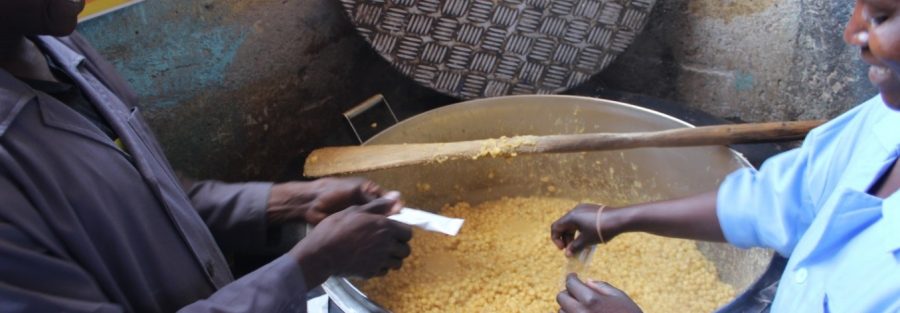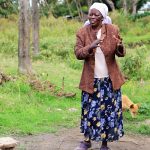It is 12.00 noon. The children at Joy Spring Education Center are all energetic concentrating in class in anticipation for meal time. The pre-primary children have already had a share of fortified porridge for their nutrition needs.
“The food is now more nutritious. Previously I used to eat only a little then keep the rest. Now the food has more ingredients. Our cooks add Micronutrient Powders (MNPs),” says Scarlet Madaraka a class eight pupil. “Our teachers explained to us why the government is fortifying food for us to be more productive and reduce the risks of micronutrients deficiency diseases.” Scarlet reviews that most of her classmates used to leave their food untouched as well. “But now, we scramble for second helping. “The food packed with nutrients,” She smiles.
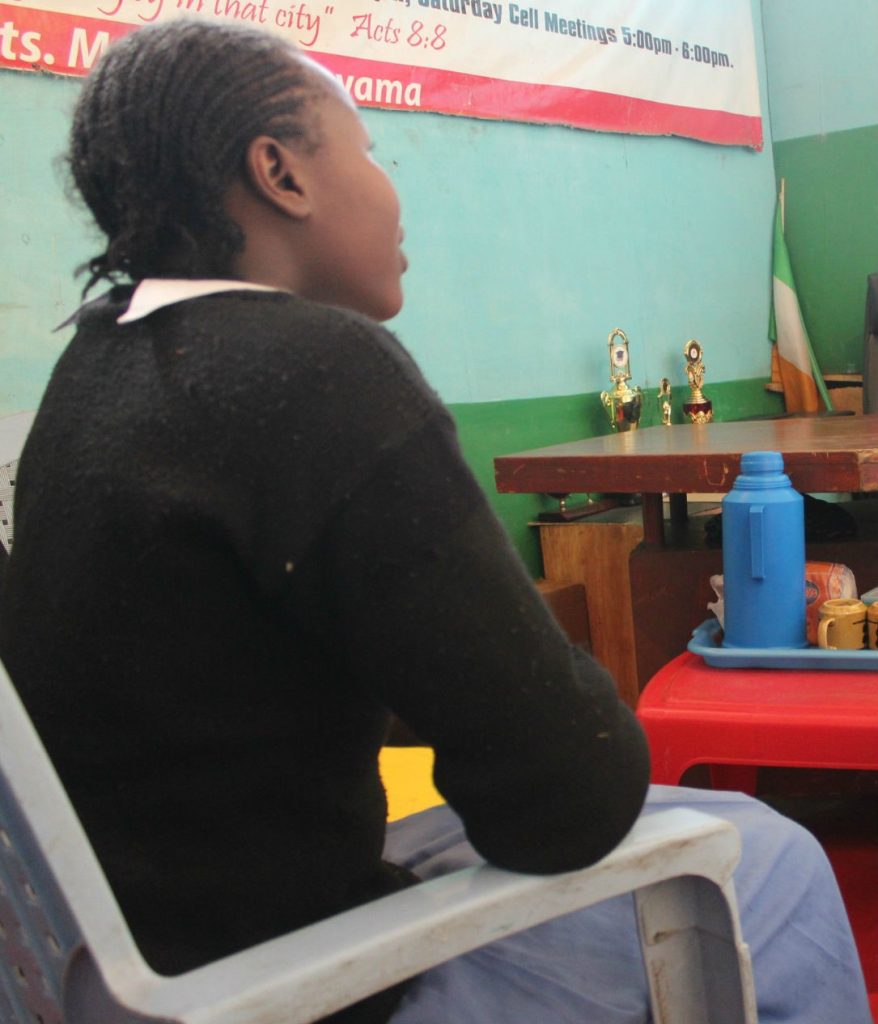
MNP is a powder mix of 15 vitamins and minerals to fortify complementary foods before consumption and improve health and nutrition. They come in a single-dose sachet of eight grams.Joseph Awachi is yet another pupil from this school. He is happy about the introduction of MNPs in the school meals. “At home sometimes we eat ugali and Sukuma only, which does not cater for my daily nutritional needs,” Say the bright looking boy.
“We have not experienced any side effects. Our cooks were trained on how to add MNPs three months ago. In our school most of the students stopped carrying food from home. With the addition of the vitamin and mineral powder, we all enjoy the food here in school.” Says Awachi abit sad that as he counts down his KCPE days he has to say goodbye to the nutrient rich lunch time meal at school.
Kenya is in the height of scaling up the nutritional status of its people. To facilitate learning and encourage school attendance, The Government of Kenya jointly with the ministry of health and the ministry of Education and School management at the county level supports schools meals program reaching 577,000 children in 2014. Since June this year, the pilot project rolled out in Six schools. Joy Springs Educational Center and Makina Self Help Primary schools in Nairobi. Kazuko Girls Primary School and Bulla College Primary School in Garissa. Naotin and Monti Primary Schools in Turkana. With a Communication advocacy supported by Center For Behaviour Change and Communication.
In the Kitchen Mr Lambard Okoth and Zippora Mokaya are preparing lunch for the pupils. They attest that they cook for about 478 children in this school. “We follow the chart provided to determine how many sachets of MNPs to add to the food when warm.” Says Mr Lampard pointing at a chart at the wall. According to the chart to day we will add 17 sachets of MNPs in meal.”
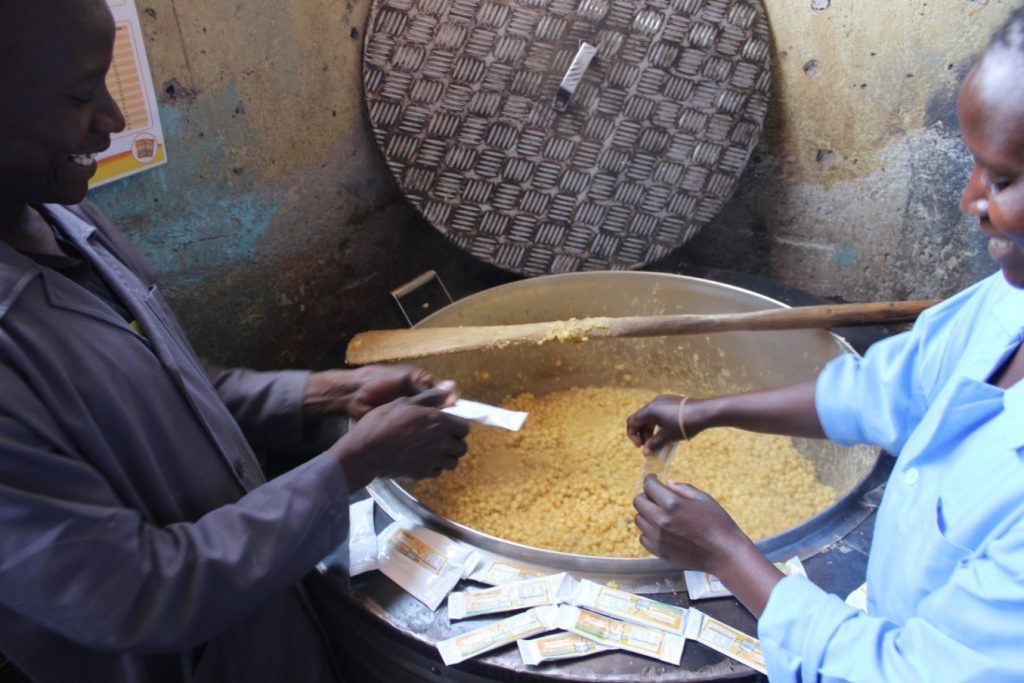
“Siku hizi watoto wanakula kabisa( since the introduction of MNPs our children eat all their potion.” Says Zippora Wokaya. We do not have left overs. She adds. “With MNPs the food is thicker. They seem to be healthier.”
Rose Natili the teacher in charge of meals is happy that the school is now not experiencing cases of many sickly children and learning is going on well. “We follow the recommended sachets for the number of children. We receive sachets form World Food Program full term. “So far we have positive response from parents. They say their children are energetic and concentrate on their homework. We had to call parents for a meeting to educate them on the nutritional value of MNPs to their children,” Explains Natili. Christine Wafula commends this school for observing the standard use of MNP in servings according to the number of Children “I review their records. They follow the recommended guideline. One 8g sachet caters for 20 servings” says Wafula, the Feed the Children Monitoring and Evaluation Officer.
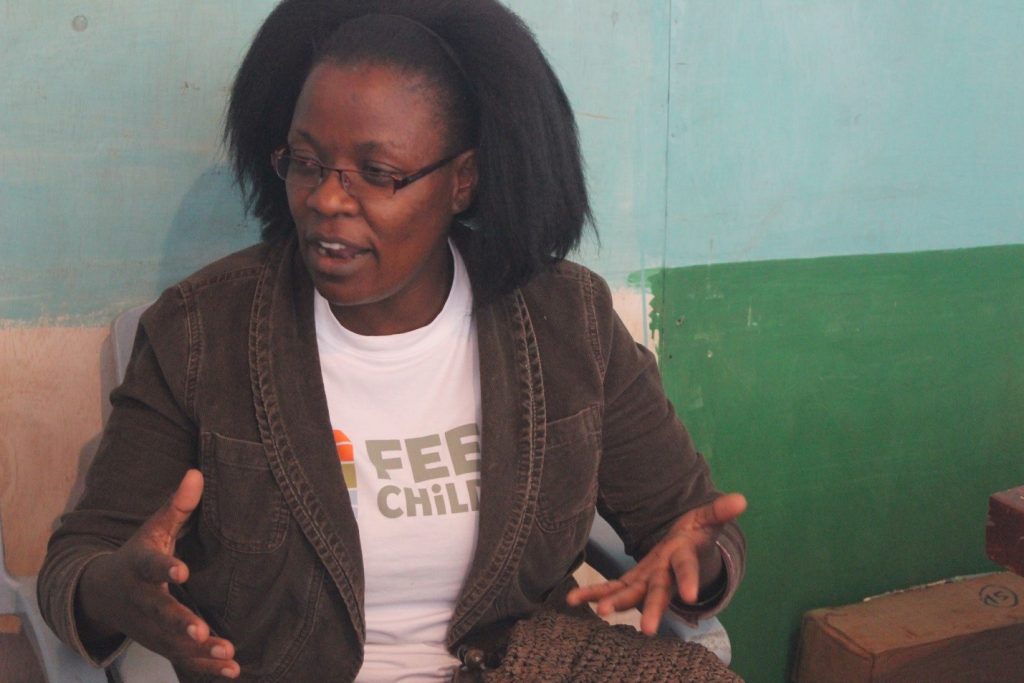
Makina Self Help Primary School is yet another beneficiary of vitamin and minerals powders. Nelson Mandela the deputy head who doubles as the school’s meals in charge confirms that the pupils are excited about the vitamins and mineral powder. Mr. Mandela says that initially the pupils preferred walking home for lunch. With the inception of MNPs three months ago they all eat in school.” We save time too, he adds. They are more alert in the afternoon. “Some parents come weekly to see how we prepare the food.” It is lunch time now. Happy chatter is heard from the kitchen. Pupils queue for their daily bread. Excited that today is bulgur wheat and yellow peas. The cooks have added 14 sachets of MNPs as the children are 250 in attendance. Mary Nduku one of the cooks invites a group of pupil for second helping.

Charles Nzivo in class eight is concerned that he might never enjoy such micronutrient full meal after primary school days roll out in a few weeks. He list one by one all the fifteen ingredients contained in an MNP sachet. “We learn the importance of vitamins and minerals in science class,” He adds Confidently.
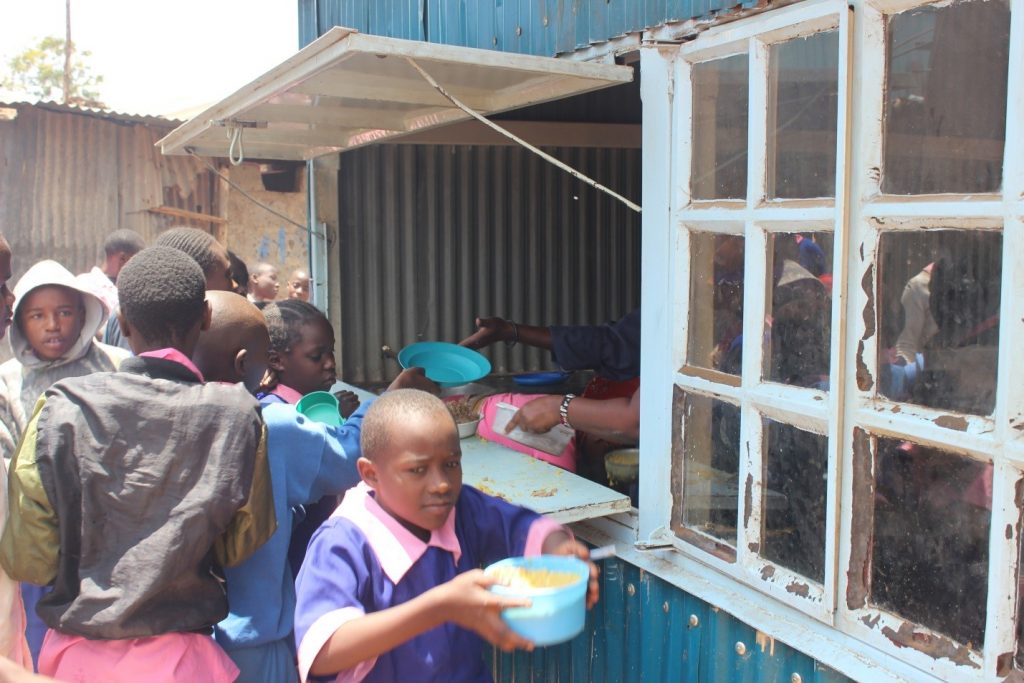
A sachet of MNP contains Vitamin A, Re, Vitamine D3,Vitaim E, Te, Vitamin B1, Vitamin B2, Vitamin B6, Vitamin B12, Vitamin K, Niacin, Folic Acid, Vitamin C, Zinc, Iron, Copper and Iodine. Essential for growth. Brenda Kabeyeka a young class four girl is happy that she has longer years to enjoy the school meals here if the program is fully launched. “We might not have a meal at home after all. I must eat enough”. She says shyly.

